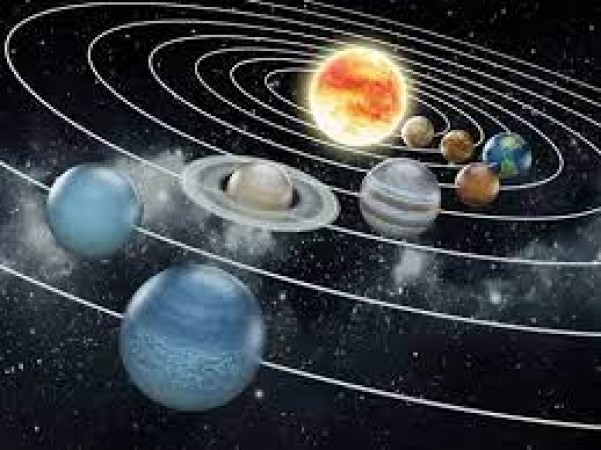
The universe is a vast and mysterious place, filled with celestial bodies that have captured the imagination of scientists and stargazers for centuries. While we dream of exploring distant planets and moons, there are some worlds that remain entirely off-limits to us. In this article, we'll delve into the intriguing realm of planets that are impossible to step on. From scorching hot surfaces to toxic atmospheres, these celestial bodies present unique challenges that make human exploration an unattainable feat.
Venus, often referred to as Earth's "sister" planet due to its similar size and composition, is a prime example of a world we can never set foot on. The surface temperature on Venus is hot enough to melt lead, reaching scorching highs of 900 degrees Fahrenheit (475 degrees Celsius).
The thick atmosphere of Venus is another formidable barrier. It consists mainly of carbon dioxide, with clouds of sulfuric acid. This dense atmosphere creates a crushing pressure on the surface, equivalent to being 3,000 feet underwater on Earth.
Mercury, the closest planet to the Sun, experiences extreme temperature fluctuations. During the day, temperatures soar to a blistering 800 degrees Fahrenheit (427 degrees Celsius), while at night, they plummet to a chilling -290 degrees Fahrenheit (-180 degrees Celsius).
Mercury also lacks a substantial atmosphere, which means there is no protection from the Sun's intense radiation and solar winds. Any attempt to land on Mercury would expose spacecraft and astronauts to lethal doses of radiation.
Saturn's moon, Titan, is a world of frozen methane lakes and a thick, hazy atmosphere. While it may seem like an intriguing destination, landing on Titan would be a complex and daunting task.
With temperatures dropping to around -290 degrees Fahrenheit (-179 degrees Celsius), Titan's extreme cold is just one challenge. Its lakes are not made of water but rather liquid methane and ethane, substances that would be highly toxic to humans.
Jupiter, the largest planet in our solar system, is a gas giant with no solid surface to land on. Its turbulent atmosphere hosts raging storms, including the colossal Great Red Spot.
Neptune, another gas giant, boasts the fastest winds in the solar system, with speeds exceeding 1,000 miles per hour (1,609 kilometers per hour). Attempting to land on a planet with no solid ground and such fierce winds would be impossible.
While we focus on our solar system's unwalkable worlds, there are countless exoplanets in the vast expanse of space, many of which may also be inhospitable to humans. The sheer distance and lack of technology to reach them make exploration even more challenging. In our quest to explore the cosmos, we encounter planets and moons that will forever remain out of our reach. Whether it's the blistering heat of Venus, the radiation-soaked surface of Mercury, or the toxic lakes of Titan, these celestial bodies remind us of the boundless mysteries that still exist beyond our home planet. As we continue to advance in space exploration, we can only wonder what future generations may discover about these unattainable worlds. For now, they serve as a humbling reminder of the vastness and complexity of the universe.
Using Personal Boxers to Define Sid Mehra in 'Wake Up Sid'
From Madhuri Dixit to Janhvi Kapoor, You Can Try These Actresses' Looks on Hartalika Teej